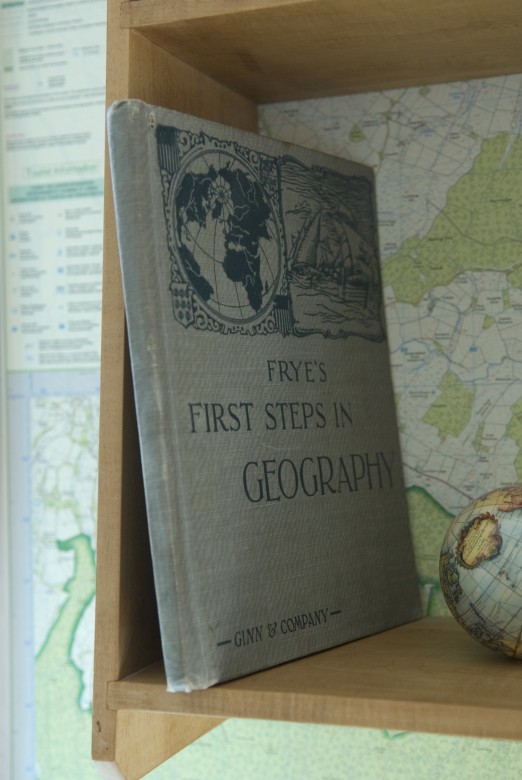Homes
How to Use Maps as Wallpaper | Home Projects
Decorating with maps is a wonderful way to display your favorite destinations in your home. Here’s how to use maps as wallpaper. It’s easier than you think!


Photo Credit : John Gruen

Photo Credit : John Gruen
HOW TO USE MAPS AS WALLPAPER | INSTRUCTIONS
The Detjenses hired their favorite painter, David Beaujon, for the job. He says homeowners can do this project themselves, as long as you’re patient and you plan carefully. Susan and David first hung the maps with pushpins. Then David applied glue to the backs of the topographical maps. (He recommends Roman’s Ultra Pro-880, a clear adhesive with “a lot of tack.”) For the thinner Baedekers, he diluted the glue to the consistency of maple syrup and coated the walls with it to avoid dissolving the fragile antique paper. Since diluted glue dries fast, he first prepared the walls with sizing, a material that makes it easier to hang and position wallpaper. David used a damp sponge and a natural-bristle brush to remove bubbles and smooth the surface once the maps were placed on the walls. He cautions against using a $5 brush from the hardware store, because its coarseness can damage the paper. He uses a top-of-the-line $50 brush, but homeowners don’t have to invest that much; a China-bristle paintbrush is a good alternative. After letting the walls dry for several weeks, David sealed the surface with water-based Faux Effects’ AquaGard.
Photo Credit : John Gruen
What do you like the most?
“Maps are a passion shared by our whole family,” Susan replies. “Our daughter collects Eastern European maps, our son is a cartographer, and the map room reflects all of us — where we’ve lived, worked, traveled, and had adventures.” Other home projects you may find interesting:Envelope Craft | Make Envelopes from Maps and Brochures Living Room Makeover | Home ProjectsNew England Paint Colors | Put New England in Your HomePolly Bannister
Polly was a Yankee editor and a favorite of readers for more than 20 years. She is continually inspired by New England’s beautiful and diverse landscape — from cranberry bogs, sandy beaches, and granite-topped mountains to thriving cities, white clapboard houses on village greens, and red-brick mill towns.
More by Polly Bannister

